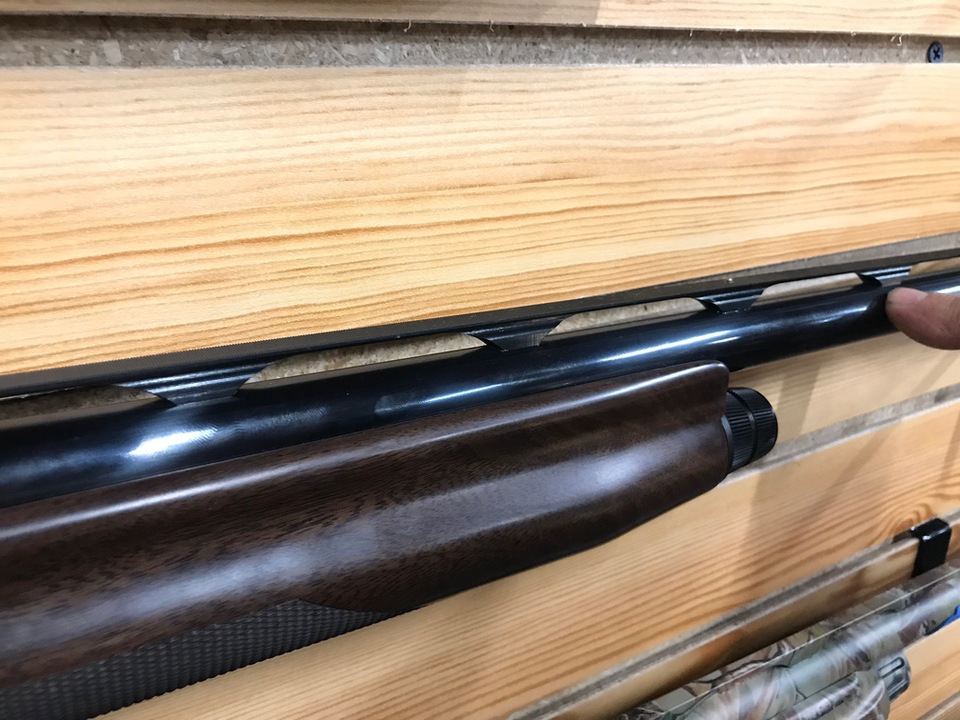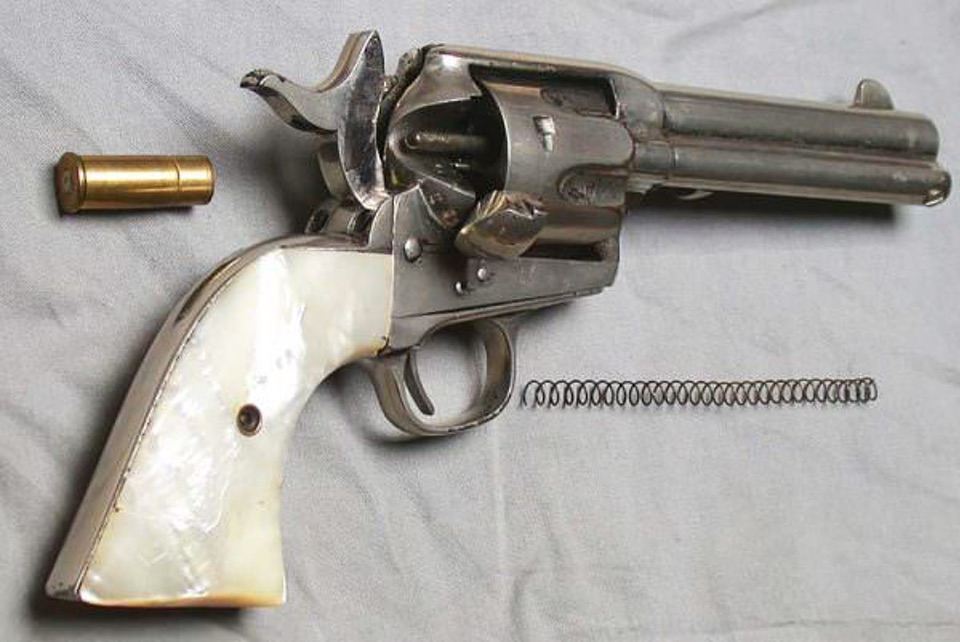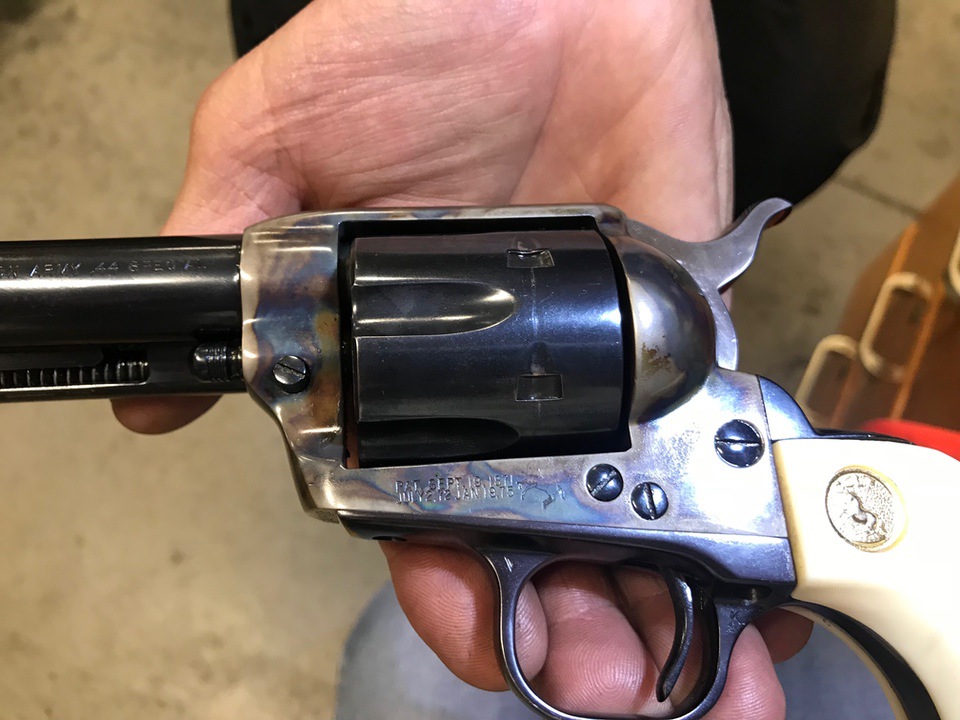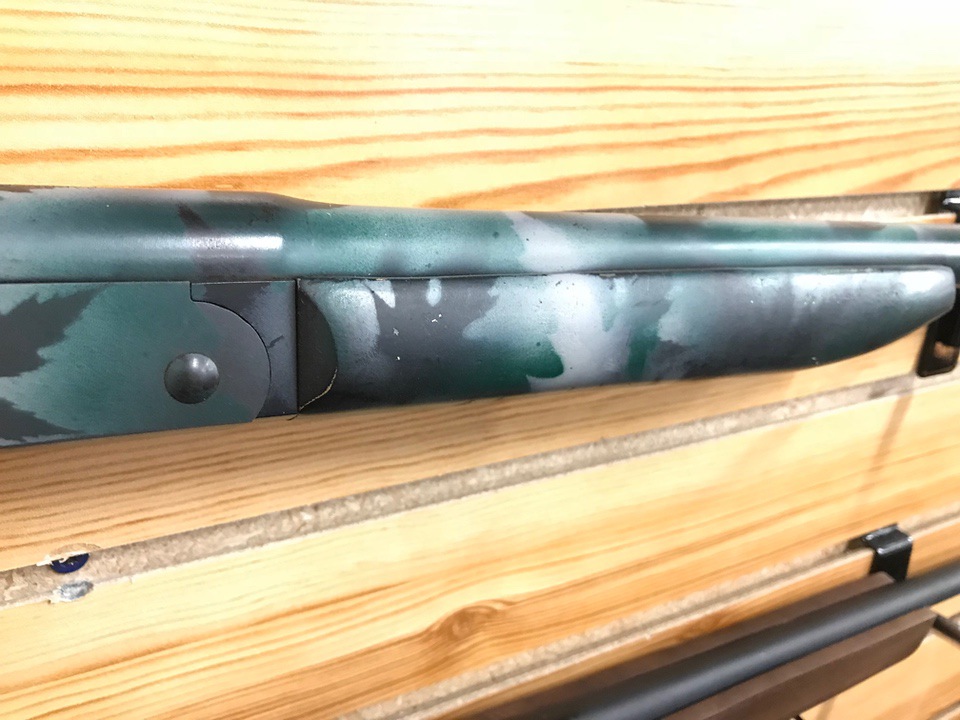Since early gun-making days, gun owners have been trying to find ways to protect their firearms from weather and wear, particularly iron and steel parts. The purpose of various gun finishes was primarily to provide some type of coating that would protect the outer layer from rust and corrosion. I recently spoke with a local gunsmith, Jon Tickner, about gun finish options and the differences among them.
She Shoots 2 is sponsored by CrossBreed Holsters
One of the earliest processes was called browning. One of several methods involved depositing steel nails into weak nitric and hydrochloric acids. This formula would rust the nails and create a solution that gunsmiths used for browning. Early flintlock and caplock guns were often brown, which was partly done by heating the barrel to a warm temperature and swabbing the solution onto the gun parts. Some gunsmiths used a different method, which included dissolving table salt in distilled water. When the mixture was applied to the barrel and other surfaces, a coat of rust formed. The intentional rust on the outside protected the steel parts from further rust. Afterwards, the browned part was rubbed with fine steel wool to remove some of the rust and then coated to prevent further rusting.

Because browning is slow, tedious and hands-on, some gunsmiths looked for new methods. They wanted a factory process, so that’s how modern hot bluing began. Using a boiling bath of hot nitrate salts, at about 283-285 degrees F, clean metal (no oils or fingerprints; Samuel Colt used a method to degrease firearms prior to bluing by dipping them into vats of boiling gasoline!) is submerged in the bath for about 20 minutes. This process, which is actually a controlled rust, induces the reaction that causes the color. Then, it has to be neutralized by rinsing with water so the salts don’t keep working, especially down in the little crevices. Afterwards, it can be polished to the degree you want. Bluing doesn’t shine; it merely reflects and enhances the surface it’s on.

Nickel was a very popular finish in the 1800s because it doesn’t rust and is corrosion free, unless it starts to flake off. Nickel-plating baths were used, which used nickel anodes in an nickel salt electrolyte solution to electrically plate nickel onto gun parts. Cyanide factored heavily in old-fashioned nickel-plating baths, but this was eventually stopped by OSHA. Current electroplating methods use other chemicals in the baths, but Electroless nickel plating has several advantages and is typically used now. However, the results of this method are not quite as bright and shiny as the original method.


Case hardening is a process where the outer layer of low-carbon steel is hardened by forcing additional carbon into the steel’s surface, while not over-hardening the inner metal parts of the gun. Using a mixture of carbonizing materials, along with the precise time and temperature, the color-case hardening process yields not only a colored carbon finish, but also hardens the part surfaces so they won’t wear out from use. Expert craftsmen will spend countless hours polishing and preparing the metal before the final finishes are applied. What’s interesting is that the pattern and exact color combination are unique to each firearm.
Stainless steel is the general name for a range of chromium alloy steels that do not rust or corrode as easily as plain steel, and it is also the name of the finish applied to firearms parts made of stainless steel. The surfaces of stainless steel used in firearms can be polished until they almost look like nickel-plated steel, which Ruger does with a lot of its six-shooters. However, unlike nickel, the finish on stainless steel will not flake off over time. It can also be a bright, brushed, or matte finish, depending on your preference. Internal parts, such as the barrel, can additionally be made with stainless steel.

Various forms of coloring a gun include painting and baking it in an oven where the chemical of the paint is such that it’s transformed into a very thin film, yet is very tough and hard. Cerakote is considered to one of the best options. Cerakote is very thin and doesn’t look like paint, but more like bluing because it’s only a few microns thick and is put on with an airbrush. When it’s baked, it takes on ceramic qualities and becomes abrasion and wear resistant. The only way to get it off is to sandblast it. It also has a certain amount of lubricity, so any parts tend to float over each other easily.

Depending on your need or personal preference, there are plenty of options to help protect your favorite firearm. Some of the gun finishes listed above can be a DIY project, while others would be better suited for a trained professional.
Freelance writer Stacy Bright holds instructor certifications from the NRA in Pistol & Rifle, as well as being an Range Safety Officer and Refuse to be a Victim instructor. In addition to her NRA credentials, she also is a Missouri CCW instructor and teaches various other home and personal defense courses. “In a field dominated by men, I feel I bring a unique perspective to firearms and training, especially to women. I'm passionate about educating, empowering and developing confidence in those I train. In November of 2014, I started the Southwest Missouri chapter of The Well Armed Woman,” said Stacy. Stacy lives in southwest Missouri, and has been married for 20 years. Visit TWAW Facebook page: The Well Armed Woman-Springfield, MO Chapter. View all posts by Stacy Bright
You left out Vapor Deposition Coating, which offers a wide range of colors, as well as clear, which also protect the surface and provide lubricity. Titanium nitride, which produces a gold color, is commonly seen.